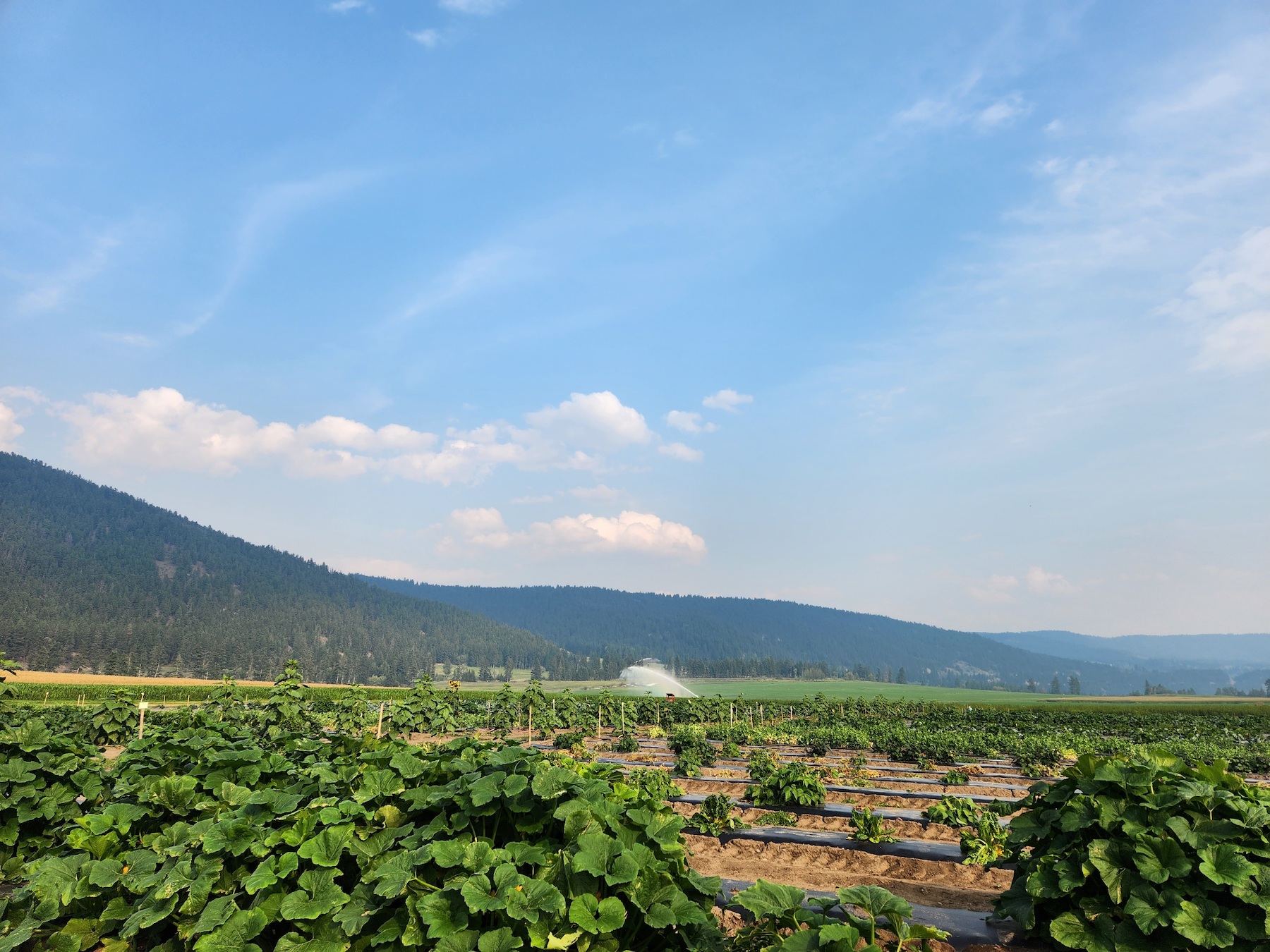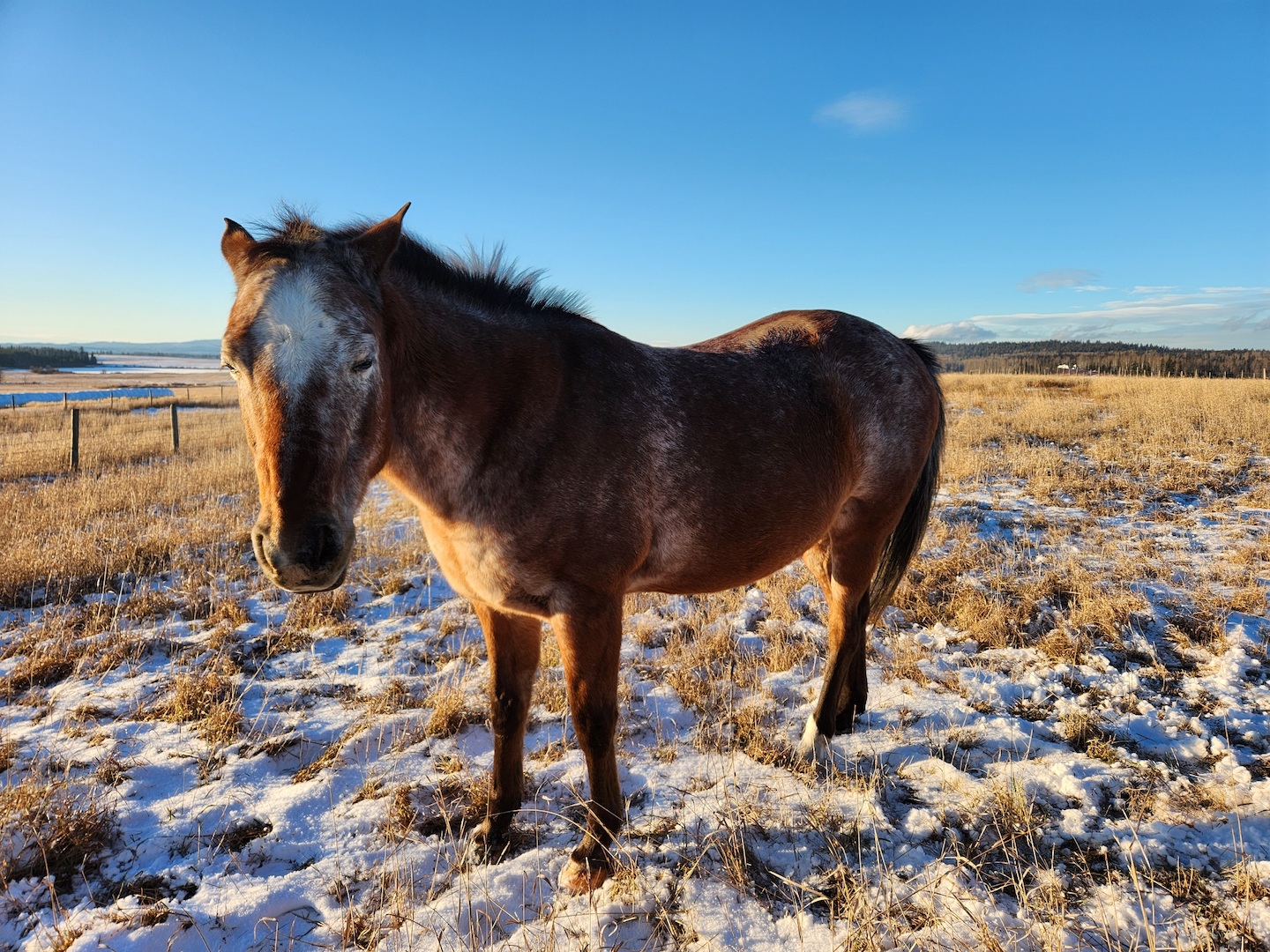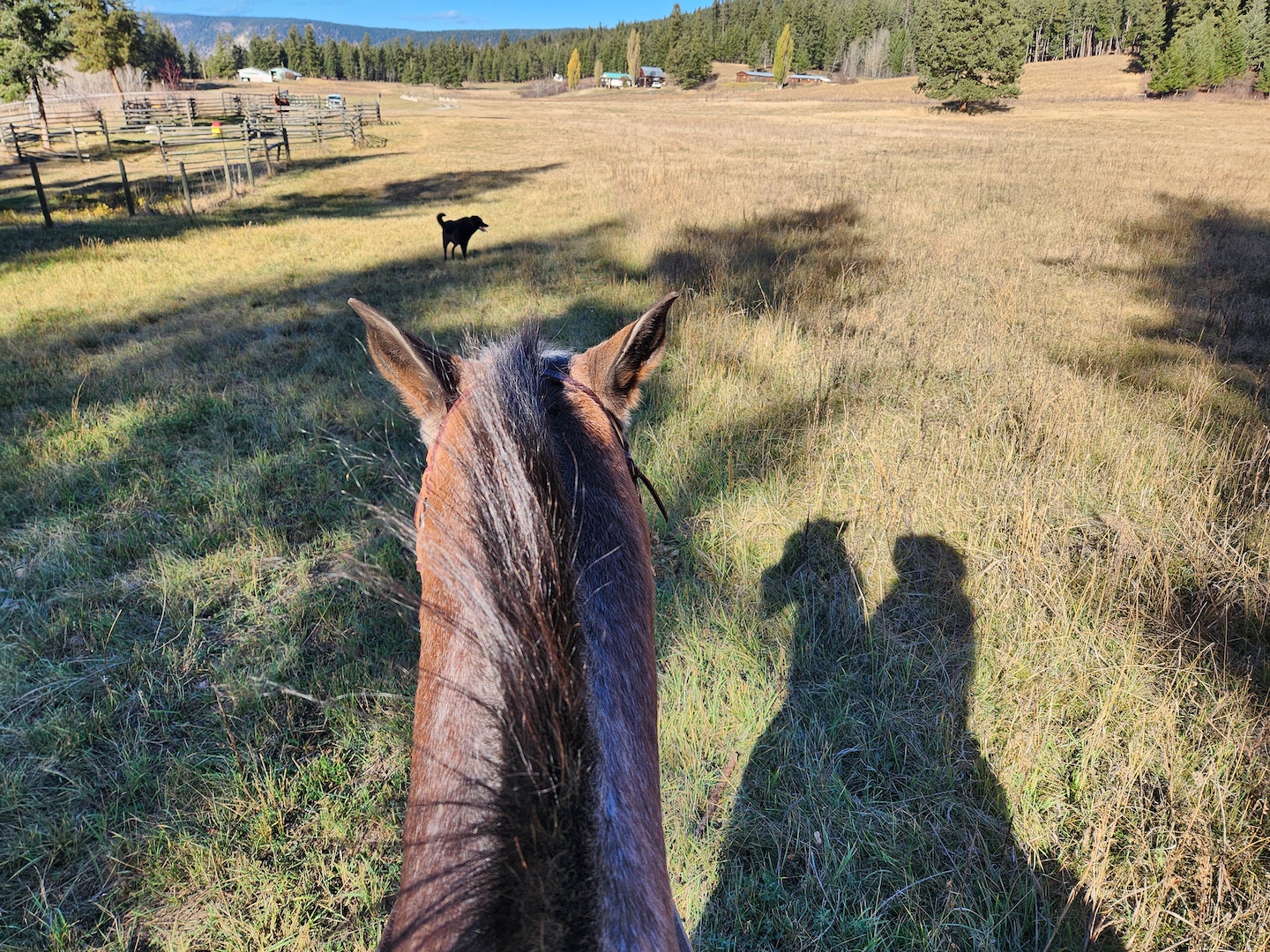Starring: Tom Selleck, Alan Rickman, Laura San Giacomo
Director: Simon Wincer
Released: 1990
Mood: If you’re trying to be more socially responsible and pay attention to the bad shit going on in the world but you really just want to watch a f*cking comedy and see a great shootout between two Hollywood legends.
“This ain’t Dodge City, and you ain’t Bill Hickok.”
Matthew Quigley
Quigley Down Under is awesome on so many levels.
Unique features set it apart in the genre: it’s set in Australia instead of the American frontier, and its hero is a long distance rifle marksman rather than a typical gunfighter with a six shooter.
It also gives us the shootout we desperately needed to see once in our lives: Tom Selleck vs. Alan Rickman.

Quigley opens on a port in Freemantle, Western Australia. The titular Quigley (Selleck) immediately establishes his honourable good-guyness, politely smacking a rude man who was crowding an elderly woman down the gangplank.
He then happens upon a street brawl between a group of burly men and a pint-sized fireball, Crazy Cora (Laura San Giacomo). She’s being herded onto a wagon for women destined to be sold for their ladyparts, but sure as shit isn’t going quietly. More good-guyness as Quigley roughs them up.
It turns out these men were also the ones sent into town to retrieve Quigley on behalf of his new employer, Elliot Marston (Rickman).
Marston summoned Quigley to Australia with a newspaper ad seeking the “finest long distance marksman in the world”, to deal with a dingo problem. All the other applicants wrote boring letters. Quigley shot up the ad and noted the 900-yard distance in each hole.
Quigley’s gun, the Legendary Sharps, was a 30” barrel rifle modified to 34” to give him a range of over 1200 yards (approximately one kilometre or 0.68 miles).
Even though Marston and Quigley’s initial banter is relatively chill, you can feel Marston’s menacing streak itching to come out and play. Right after an epic scene where Quigley calmly demonstrates why he’s the finest in the world, Marston reminds everyone that he’s the real boss by shooting two men in front of the gathered crowd that includes Quigley, his ranch hands, and many scared-looking women and Indigenous locals who don’t exactly appear to be there by choice.
Over a fancy dinner, Marston shares his extremely dark vision for colonialism in the Outback. He drops this chilling line: “The real issue is that, primitive as they are, the Aborigines have learned to keep out of rifle range.” Guess it wasn’t dingoes Quigley was hired to hunt.
Quigley chucks Marston through his dining room window (twice), and thus begins the epic battle of endurance, wits, and good ol’ shootouts.

Tom Selleck is basically the perfect leading man for Westerns. I wish I’d figured that out early in life, but at least now I’ve seen most of them a gazillion more times. Hence writing a ranking of Tom Selleck’s best westerns.
He looks like he’s spent a lot of time loping across open country astride a horse (because he has). He’s got that king of moustaches, and he’s great at blending affable charm with just the right level of rugged manliness. He can also be called upon to emote hardened sadness like a boss.
The thing is, you can never hate Tom Selleck. You can’t even dislike him a little. Just ask Chandler Bing – even when he’s competing for your woman and should 100% win, he’s a good guy. That’s why you need a strong AF opponent to bring up the darkness and dramatic tension.
Enter Alan Rickman.
Rickman’s ‘80s and ‘90s moustache had the power to transform him into a smarmy asshole. You watch Galaxy Quest, Dogma, Blow Dry… no moustache, lovable jerk. But Die Hard and Robin Hood? Douchey moustache = despicable dude. (I KNOW Rickman was a brilliant actor with wide range – I still needed to talk about his creepy moustache.)
Laura San Giacomo is brilliant as Crazy Cora – her brand of batshit crazy weaves a feverish frenzy into even the tiniest of movements. I didn’t expect much from her as a Western lead, having only seen her in TV’s Just Shoot Me. But again, Quigley delivers something unique: she’s not the broken-woman-with-a-tragic-past archetype OR the fiercely strong survivalist – she’s both, with an added dose of coy comedy.

One of the things that grabbed me right away about Quigley is that gritty, pre-digital cinematography from the days of actual film reels, which immerse you into that Western feel. The movie is chock full of wide shots of stark, dusty scenery that leave you parched and reaching for your beer.
My point is, the visual effects are real, which is why my hands fly to my face every time I watch that scene where the horse goes over the cliff. It may be animatronic, but my brain is convinced otherwise.
Quigley boasts enough micro-climaxes to keep you hooked for two full hours, which maybe wasn’t a big deal in 1990, but it’s huge to keep me from checking social media for that long. It also delivers a sobering message about the atrocities that happened to Australia’s Indigenous people in the 1800s.
The scene where the older Indigenous man (Steve Dodd) strips off his enforced white-people clothes and walks off into the Outback is both striking and sad. It’s a great moment in the film, but you also know that it didn’t work out so well for most of those people in real life.
As if I wasn’t already obsessed with Tom Selleck, I found out he fell in love with and kept the horse he rode in Quigley and Last Stand at Sabre River. Selleck paid thousands of dollars to fly him from Australia to his ranch in California.
If that doesn’t melt your heart, you’re dead inside and don’t deserve Tom Selleck’s moustache.


